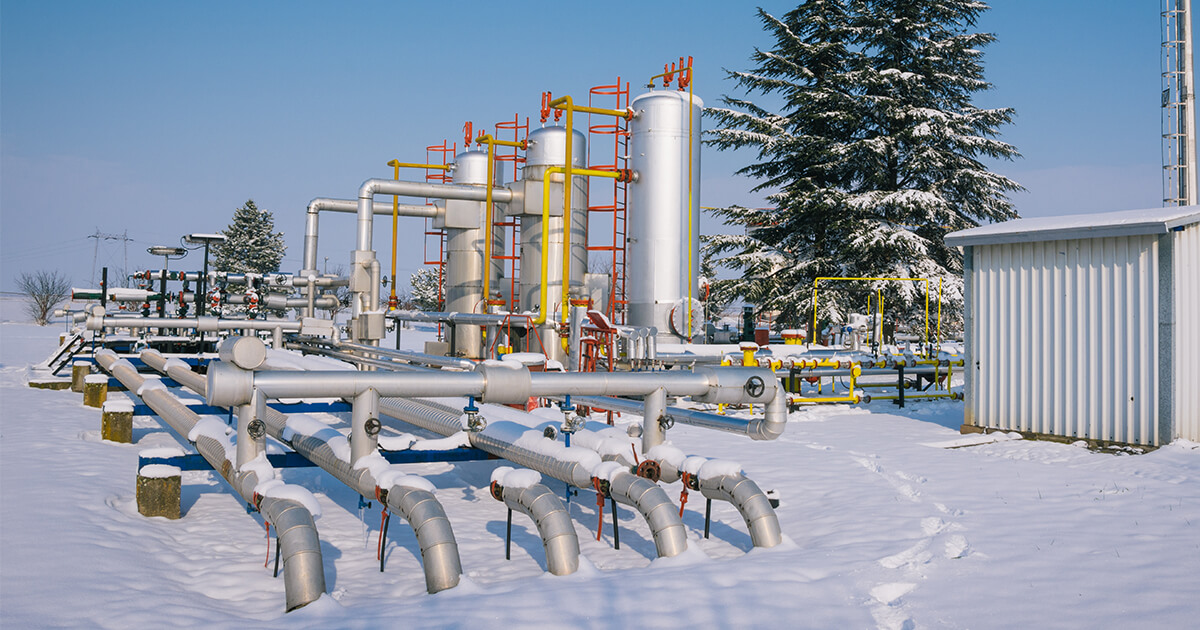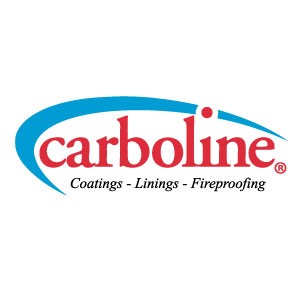
Winter is officially here, and with it comes a plethora of potential issues for coating application. These issues can affect both shop and field environments for every type of coating. Some of them are rather obvious, but others aren’t nearly as easy to anticipate.
In this article, we will discuss four of the most common cold weather coating application issues that applicators and contractors often face and share tips for how to remedy them:
1. Low substrate temperatures during coating application
The first and most apparent cold weather coating application issue is low substrate temperatures. Most chemical reactions slow as temperatures drop, including water or solvent evaporation and the curing of coatings. Before coating application, it’s critical to always check the product data sheet for temperature limits for each product you are using. If temperatures drop too low, curing could stop, slow or even be irreparably damaged. However, conditions at the time of application are only part of the equation. Be sure to consider the curing period for the coating as well. And keep an eye on the weather forecast!
2. Low material storage and application temperatures
Low material storage and application temperatures can also cause headaches when it comes to coating application. Colder material can be harder to mix, spray or hang on a substrate. We often see applicators try to thin material that is too thick at low temperatures. As temperatures drop, that extra thinner evaporates more slowly and may even cause some solvent to get entrapped in the coating. The extra thinning can also kill your film build. In order to get material thinner and make it easier to apply, a better option is to heat it to a more reasonable temperature, which will allow it to spray better and cure faster.
3. Formation of condensation on substrate surfaces
Cold weather can also cause the formation of condensation on substrate surfaces if the surface temperature drops to the dew point. This could ruin clean blasted steel, ultimately causing it to rust. A reblast can be extremely expensive, time-consuming and completely derail a budget or project timeline. In addition, condensation can kill the cure of moisture-sensitive coatings. For example, a polyurethane coating exposed to moisture too early may never fully cure, which would require total removal and replacement.
Condensation can also freeze on a substrate, which may not be as noticeable as a wet surface but still causes the same issues. Ice on the surface can cause coatings that are otherwise tolerant of surface moisture to fail. Again, it’s important to watch those weather reports. If cold weather is in the forecast, it may be better to push your coating application to another day, rather than wasting your time and effort.
4. Low humidity during coating application
As we get deeper into the winter season, cold and dry air can bring about some coating application issues that aren’t as obvious. Cold air holds less water than warm air, which can be problematic for moisture-cured coatings. Inorganic zincs and moisture-cured urethanes are examples of materials that use the water in the air to cure. If that water isn’t available, the cure won’t happen.
Unlike the other coating application issues we discussed above, low humidity can be a problem both in the field and in a shop environment. The heat used inside can make this humidity issue even worse. As the air temperature rises, the amount of water in the air stays the same, but the capacity of the air to hold water increases. This ultimately reduces the relative humidity even further and exacerbates the problem.
That said, there are ways around low humidity issues. You can often dampen the surface with water to provide the necessary moisture and speed the cure for ethyl, silicate inorganic zincs. Even something as simple as wetting down the floor of an area can help increase the humidity enough to keep the cure progressing as intended.
With a bit of planning, cold weather coating application issues are not insurmountable. If necessary, you can always substitute in more moisture-tolerant products and/or coatings that can cure in cold environments, such as Carbomastic 615 or Carboguard 635 VOC. Additionally, delaying coating application by just a day or two could save a project headed for failure.
Want more best practices for your coating application process?
Contact a local sales representative from Carboline’s Technical Service team.

